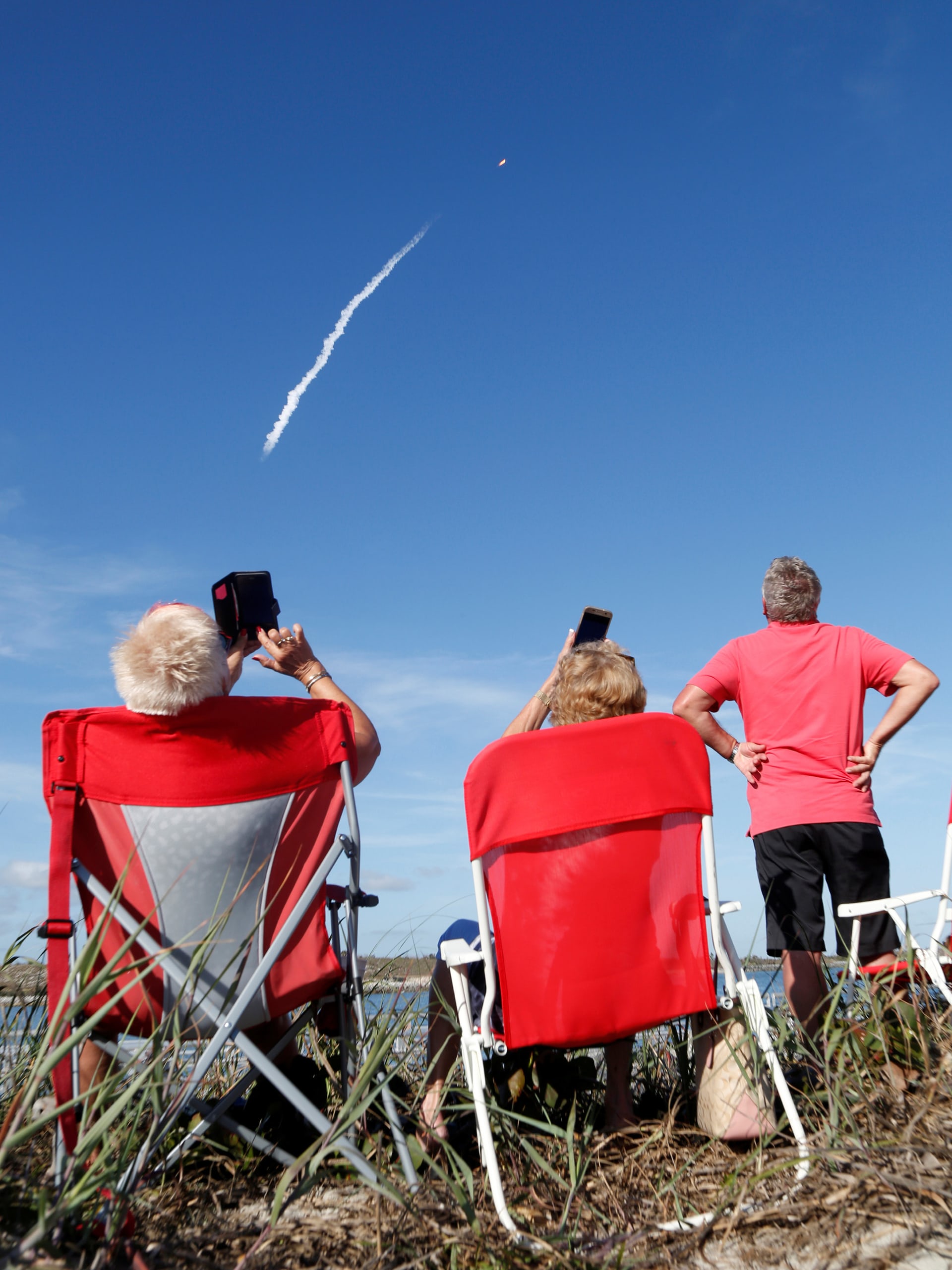RP-1 (alternately,
Rocket Propellant-1 or
Refined Petroleum-1) is a highly refined form of
kerosene outwardly similar to
jet fuel, used as
rocket fuel.
...
Alkenes and
aromatics were held to very low levels. These unsaturated hydrocarbons tend to polymerize not only at temperature, but during long periods of storage. At the time, it was thought that kerosene-fueled missiles might remain in storage for years awaiting activation. This function was later transferred to
solid-fuel rockets, though the high-temperature benefits of saturated hydrocarbons remained. Because of the low alkenes and aromatics, RP-1 is less toxic than various jet and diesel fuels, and far less toxic than
gasoline.
The more desirable
isomers were selected or synthesized.
Linear alkanes were removed in favor of highly branched and cyclic molecules. This increased resistance to thermal breakdown, much as these isomer types improve
octane rating in piston engines. Jet engines and heating and lighting applications, the prior users of kerosene, had been much less concerned with thermal breakdown and isomer contents. The most desirable isomers were polycyclics, loosely resembling
ladderanes.
In production, these grades were processed tightly to remove impurities and side fractions. Ashes were feared likely to block fuel lines and engine passages, as well as wear away valves and
turbopump bearings lubricated by the fuel. Slightly too-heavy or too-light fractions affected lubrication abilities, and were likely to separate during storage and under load. The remaining hydrocarbons are at or near C12 mass. Because of the lack of light hydrocarbons, RP-1 has a high
flash point, and is less of a fire hazard than
gasoline/
petrol or even some jet and diesel fuels.


